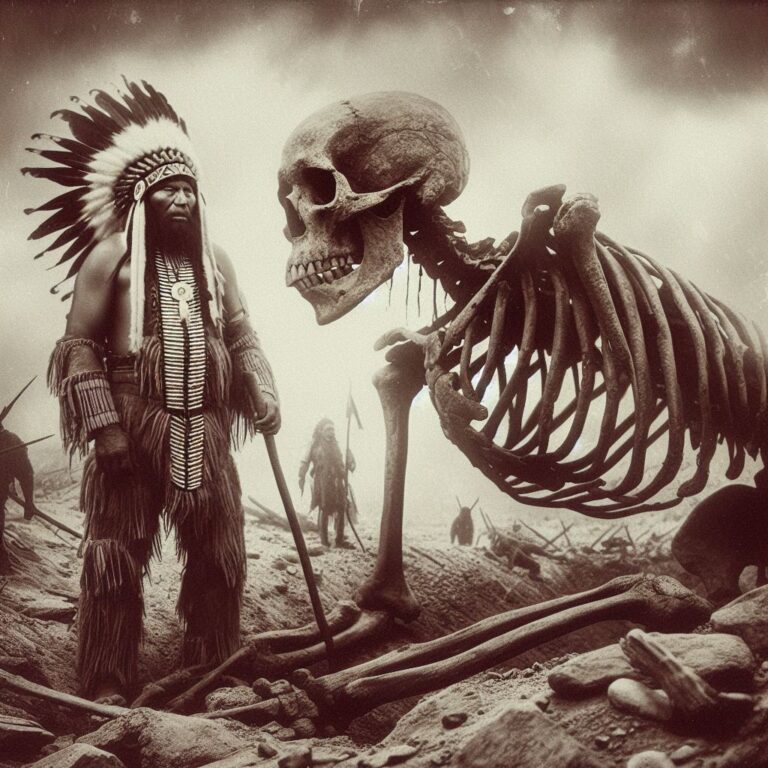
Sea monsters and mysterious underwater creatures are common in the mythology and folklore of many cultures around the world.
For the indigenous tribes of North America, tales of frightening sea creatures have been an important part of their oral traditions for centuries.
These stories serve many purposes, including explaining natural phenomena, teaching lessons, and entertaining during celebrations.
While the specific legendary monsters vary among tribes, they remain an essential part of many Native American cultures.
ads content
Notable Native American Sea Monsters
Tlanusi’yi – The Cherokee “Great Leech”
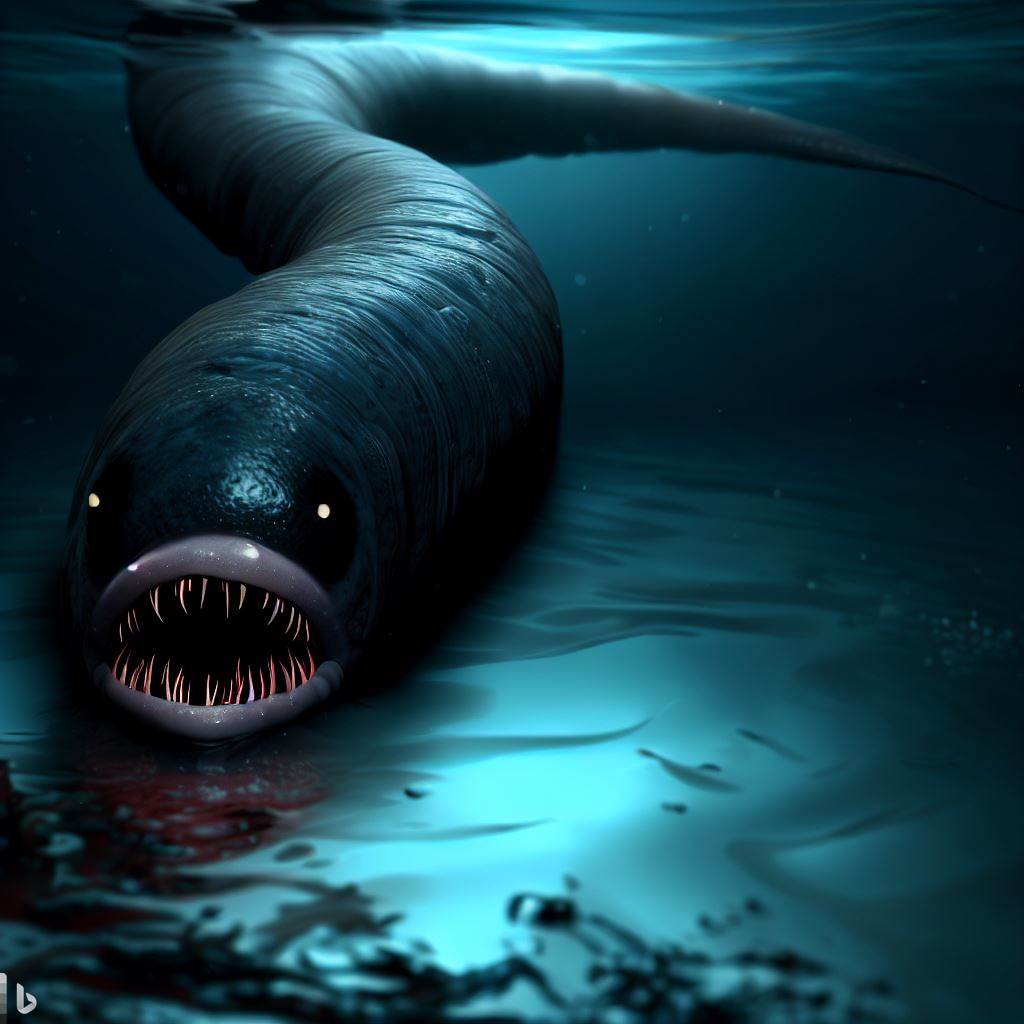
In the folklore of the Cherokee people, one of the most feared sea creatures was the Tlanusi’yi, or “The Great Leech.”
Described as a massive, snake-like monster with the ability to swallow humans whole, Tlanusi’yi was said to inhabit the rivers and lakes of Cherokee lands.
According to legend, the creature’s mere presence caused the waters to boil, and its thrashing could create powerful whirlpools.
Tlanusi’yi was greatly feared, as Cherokees believed it would lure women and children into the water before devouring them.
Stories of the horrific leech monster were meant to warn Cherokee children to avoid dangerous waters.
Uktena – The Horned Serpent of Cherokee Myth
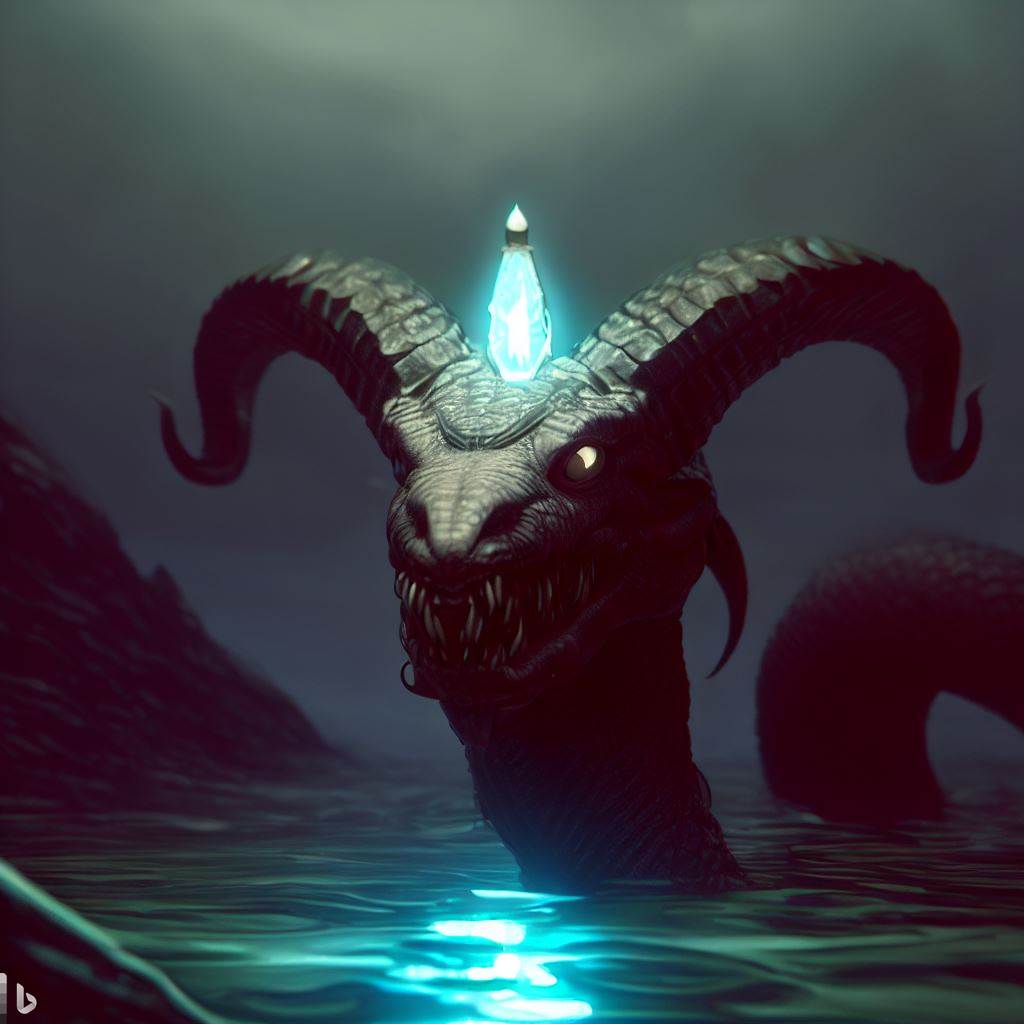
The Uktena is a legendary horned serpent from Cherokee mythology that was said to inhabit deep lakes and rivers.
Descriptions portrayed it as having a supernatural crystal on its forehead which gave it mystical powers over water and allowed it to manipulate the weather.
Uktena was a terrifying creature for the Cherokee, with poisonous breath and a body as large around as a tree trunk. According to myth, the Uktena’s thrashing could cause whirlpools, and its glare could kill a person instantly.
Only the most powerful shamans dared to try killing Uktena, as its crystal was a highly coveted magical item. Uktena stories helped explain the dangers lurking in deep waters.
Michipichi – The Horned Sea Serpent of the Anishinaabeg
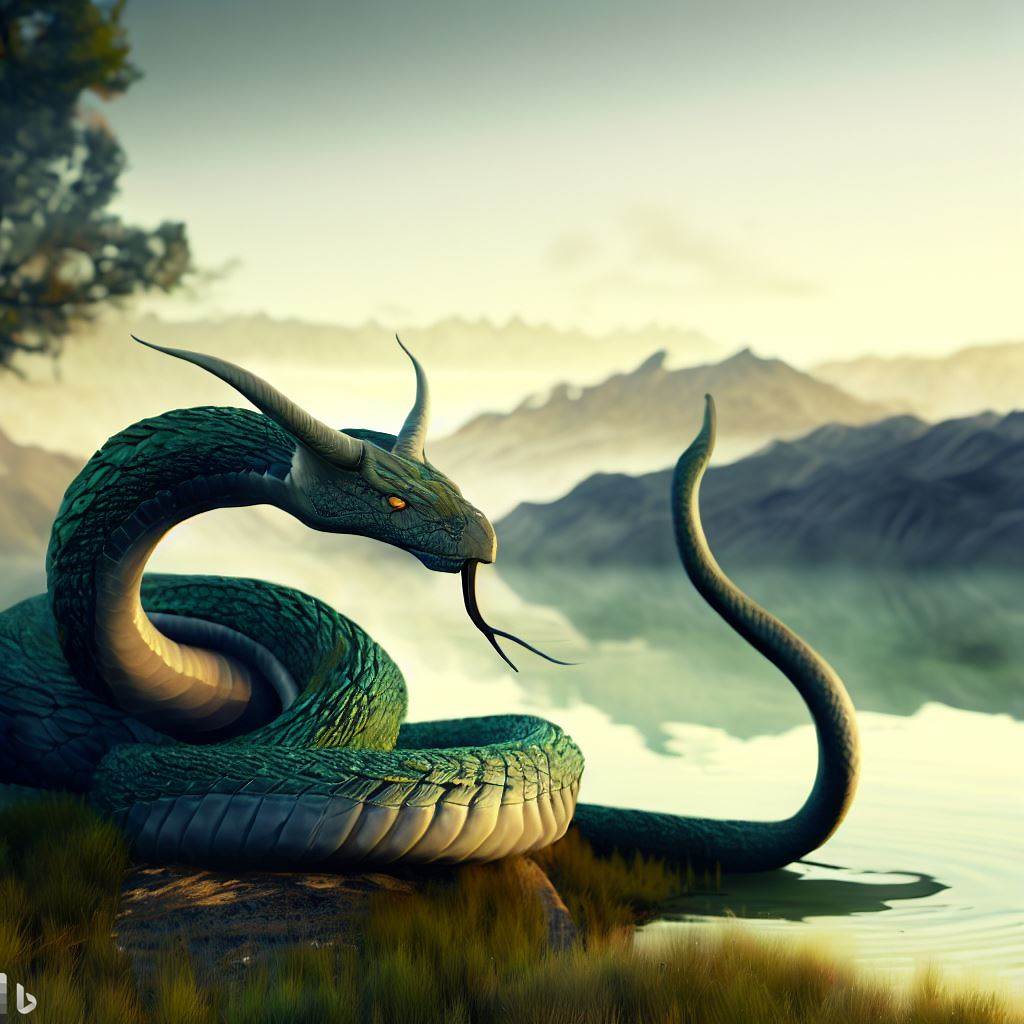
The Anishinaabeg people, also known as the Ojibwe and Chippewa tribes, told stories of manoominikeshiinh, the great horned sea serpents dwelling in the depths of Lake Superior.
Also called michipichi, these snakes were said to be as long as 20 canoes, with horns or spikes on their heads and scales as large as jingle cones.
Michipichi frequently caused storms and rough waves that destroyed canoes and drowned fishermen.
Offerings of tobacco were made before journeys across the lake in hopes of appeasing michipichi. The legend was a warning about the treacherous nature of Lake Superior and the respect needed for its powerful spirits.
ads content
The Water Panther – Stealthy Underwater Spirit
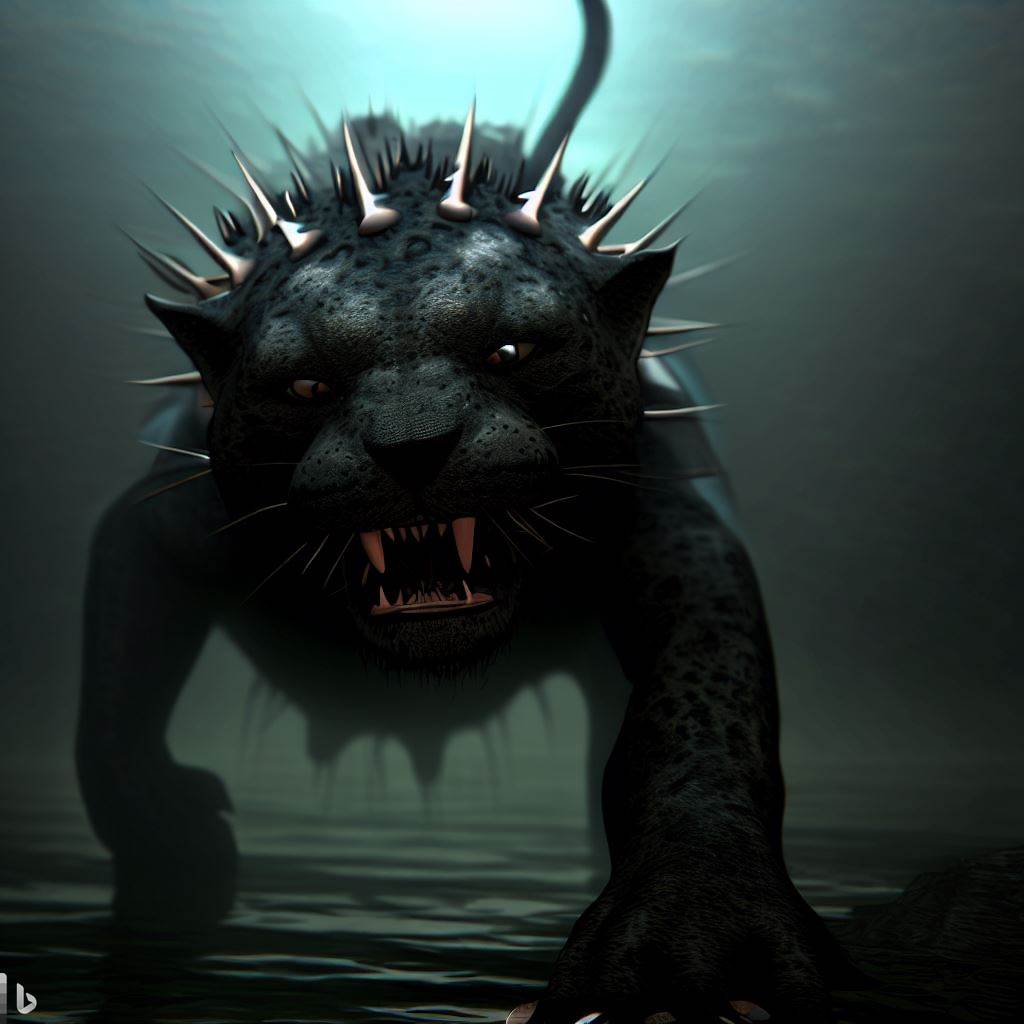
The underwater panther or “mishibizhiw” was a part of Anishinaabe traditions but also featured in the mythology of many Eastern Woodland tribes like the Algonquian and Iroquois.
It lurked beneath the water’s surface waiting for unwary humans to pull into the depths.
Described as having the body of a panther or mountain lion with horns or spikes on its head, it could also take the form of a huge snake or serpent.
The underwater panther could control water currents, create whirlpools, and drown its victims by grasping them in its powerful jaws.
Stories of the sly water panther taught respect for the water and caution near rivers or lakes.
Sea Monsters in Native American Culture
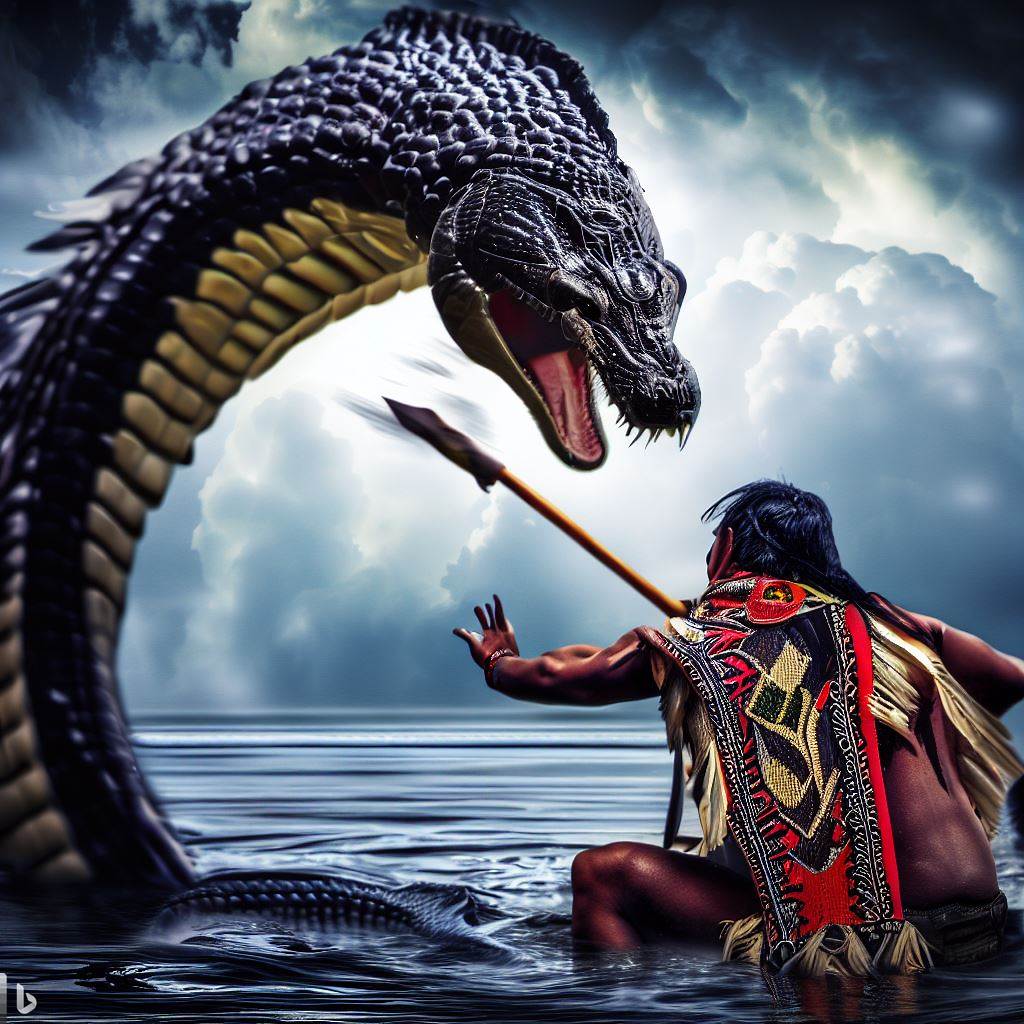
Teaching Lessons and Explaining Natural Events
The myths of sea monsters and horned serpents served a variety of purposes for the indigenous people of North America.
At a basic level, they were cautionary tales warning about the very real dangers lurking beneath the surface of rivers, lakes, and coastal waters.
They taught key lessons about avoiding areas with strong currents or deceptive appearances. The specific abilities of each creature also offered explanations for mysterious natural events.
The Uktena’s thrashing was said to churn up whirlpools, while the horned michipichi created storms and rough waves.
Tlanusi’yi’s presence made waters boil inexplicably. Personifying these perils as monster spirits helped convey vital safety advice.
ads content
Starring Roles in Oral Traditions and Ceremonies
Sea monsters were prominent figures in Native American oral myth traditions. Legendary tales were passed down across generations through storytelling and formally recited during sacred ceremonies.
The exploits of the Uktena, michipichi, and other monsters provided exciting material to engage audiences.
Apotropaic masks designed to look like horned serpents or other creatures may have been used by ritual specialists. Some tribes also performed hunting dances and other ceremonial rituals before voyages on the water seeking protection from sea monsters.
The creatures clearly played dramatic roles within the cultural and spiritual practices of many tribes.
Symbolic Meanings
Beyond the literal roles they played in oral traditions, Native American sea monsters also carried symbolic meaning.
The dangerous Uktena or michipichi represented the real-life threats snakes and large predators posed near water sources where tribes lived and traveled.
Their horns and spikes mimicked the jagged rock formations and whitewater rapids along rivers that claimed lives.
The Tlanusi’yi’s ability to create whirlpools was similar to the power of strong river currents. And the underwater panther’s stealth invoked hidden hazards lurking under the water’s surface.
By personifying natural forces as living spirits, Native cultures promoted wisdom and respect for the complex ecosystems they depended on.
Modern Sightings and Theories
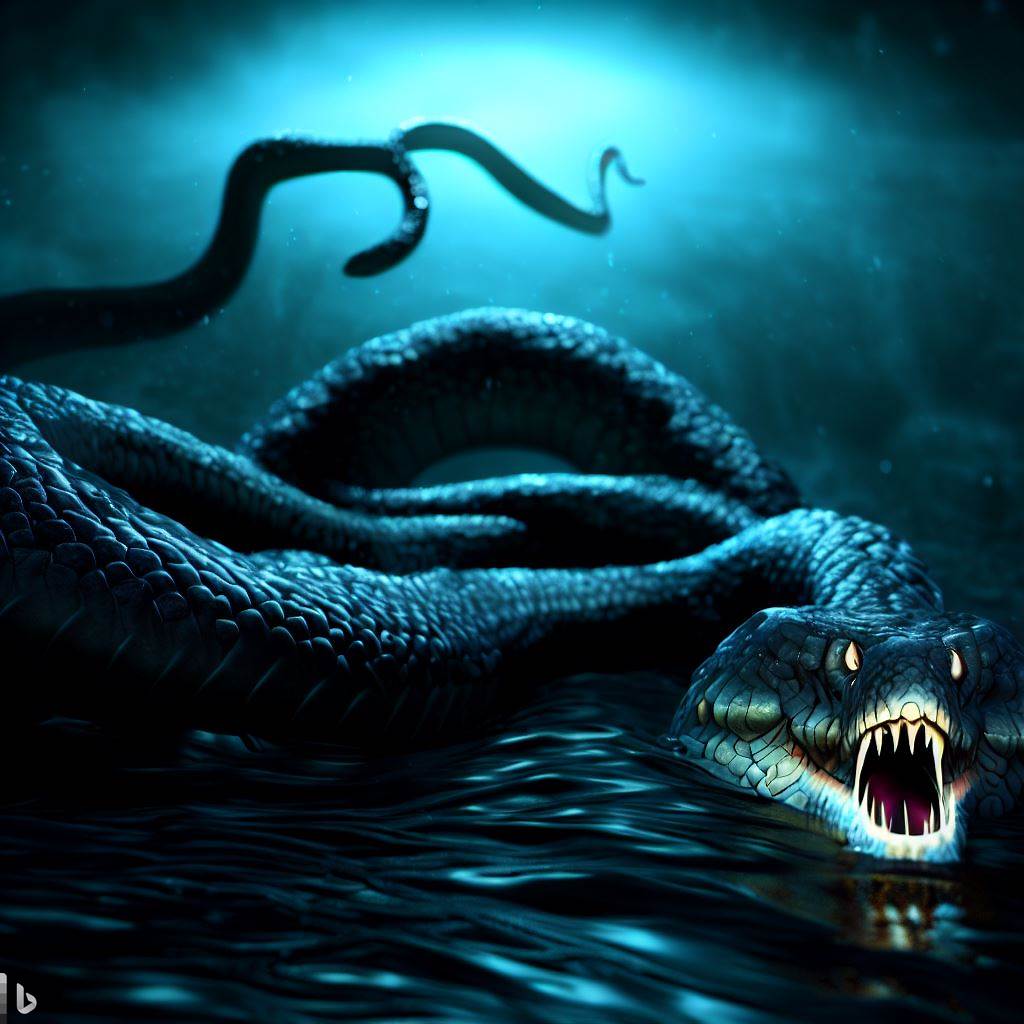
Persistent Reports of Strange Sightings
While many dismiss Native American accounts of sea monsters as purely mythical, their prevalence across disparate tribes lends some credence.
Furthermore, curious sightings persist of large, unidentified creatures inhabiting North American waterways.
There are reports of 30-foot serpent-like beasts seen in Lake Champlain along the New York and Vermont border. Canada’s Lake Okanagan has long been rumored to house a great serpent called Ogopogo.
Many eyewitnesses swear they have seen some type of rare animal. These modern sightings closely resemble the ancient sea monster descriptions.
Theories of Exaggerated Accounts Based on Real Animals
Many cryptozoologists theorize that legends like the Uktena and michipichi could be based on early Native American encounters with real animals later exaggerated through oral traditions.
The long, serpentine bodies are reminiscent of native anacondas or loggerhead turtles that can grow quite large.
Misinterpretations of alligators are also possible, as they have ridged backs that could be seen as horns. Whales or oarfish swimming inland from the ocean are another speculative source.
While concrete proof is lacking, kernels of truth beneath embellished myths remain plausible.
Continued Belief Among Some Native Communities
Despite the legends’ questionable factuality, belief in horned serpents and sea monsters persists in certain Native American communities.
Some Salish tribes of the Pacific Northwest still hold Sisiutl, a three-headed sea serpent, as a central figure in their cosmology.
Along Lake Superior, Ojibwe stories of misiginebig continue to circulate.
While greater skepticism exists today, respect for traditional tribal folklore keeps the reality of sea monsters alive for some.
Frequently Asked Questions?
What Native American tribe has the legend of the Uktena?
The Uktena sea monster features prominently in the mythology of the Cherokee tribe.
What kind of animal is Michipichi, the Anishinaabe sea monster?
Michipichi is most commonly described as a giant horned snake or serpent.
What natural phenomena did sea monster stories explain?
Sea monsters explained dangers like rough waves, strong currents, and whirlpools. The abilities of each creature offered explanations for mysterious natural events.
What ceremonies feature Native American sea monsters?
Masks representing sea monsters may have been used in hunting rituals seeking protection on the water. Some tribes also performed ceremonial dances to appease sea monsters before voyages.
Do any Native Americans still believe in sea monsters?
Some Salish and Ojibwe people maintain traditional beliefs in sea monsters like the Sisiutl. While skepticism exists today, respect for folklore keeps sea monsters alive for some tribes.
What are the sea monsters in Native American mythology?
Popular sea monsters include the Uktena, Michipichi, Tlanusi’yi, and Underwater Panther. Each tribe had their own legendary creatures.
What is the Native American legend about water?
Myths featured sea monsters to explain water dangers and teach respect for lakes and rivers. The creatures personified the mysterious forces and hazards of aquatic environments.
Why is water sacred to Native Americans?
Water is key to life and tied to spiritual traditions, so many tribes view it as a sacred resource. It connects material and spirit worlds.
What does water symbolize in native culture?
Water often symbolizes life, continuity, and the spirit world in Native American cultures. It represents the flow of time and eternity.
Conclusion
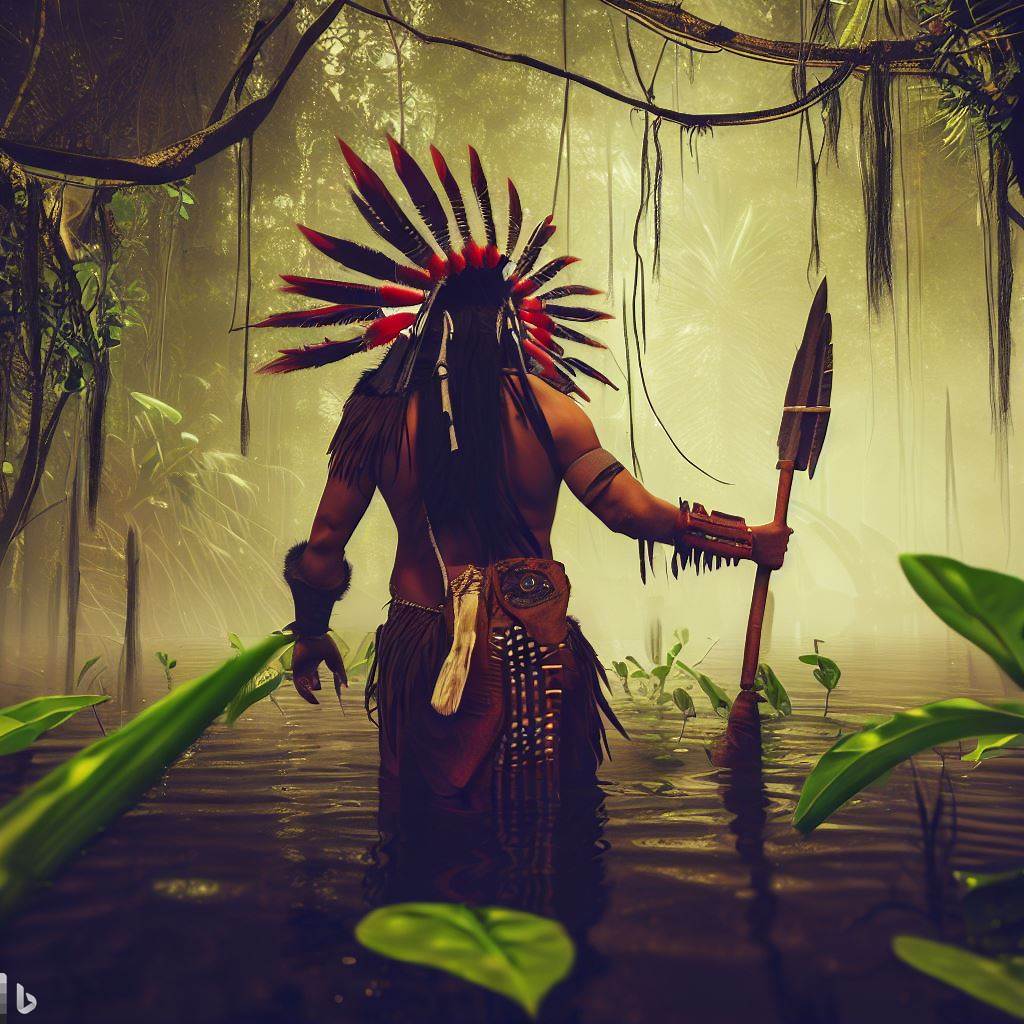
While belief in literal sea monsters may have declined, the creatures still hold an important place in Native American storytelling traditions.
They offer both entertainment and cultural wisdom by personifying the mysteries and hazards of waterways.
The longevity of these oral myths pays testament to the elemental roles aquatic environments and their inhabitants have played for indigenous cultures across North America.
Whether grounded in reality or imagination, sea monsters are an enduring symbol of the deep spiritual connection between native peoples and the waters they revere.
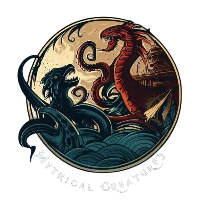
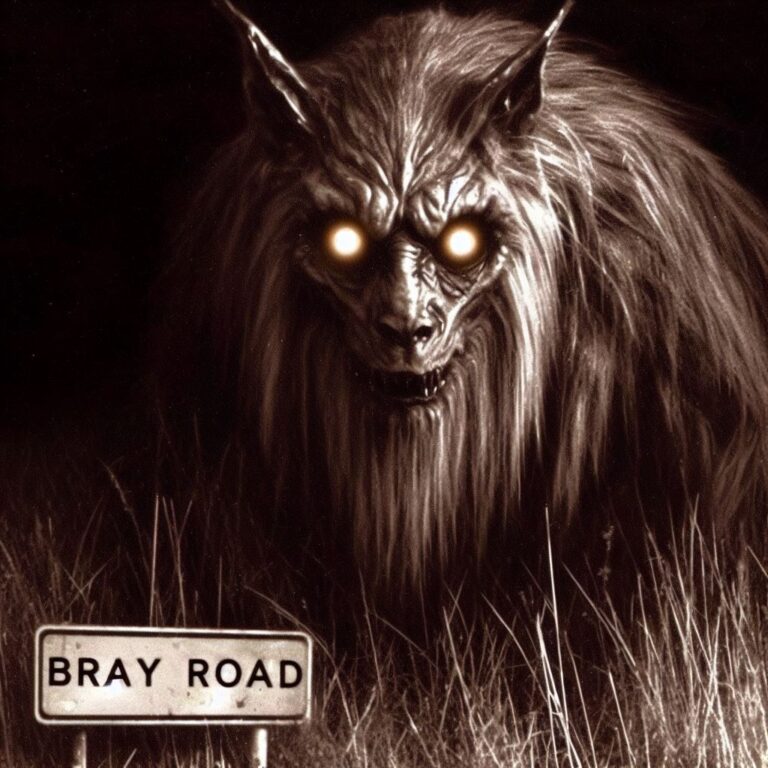
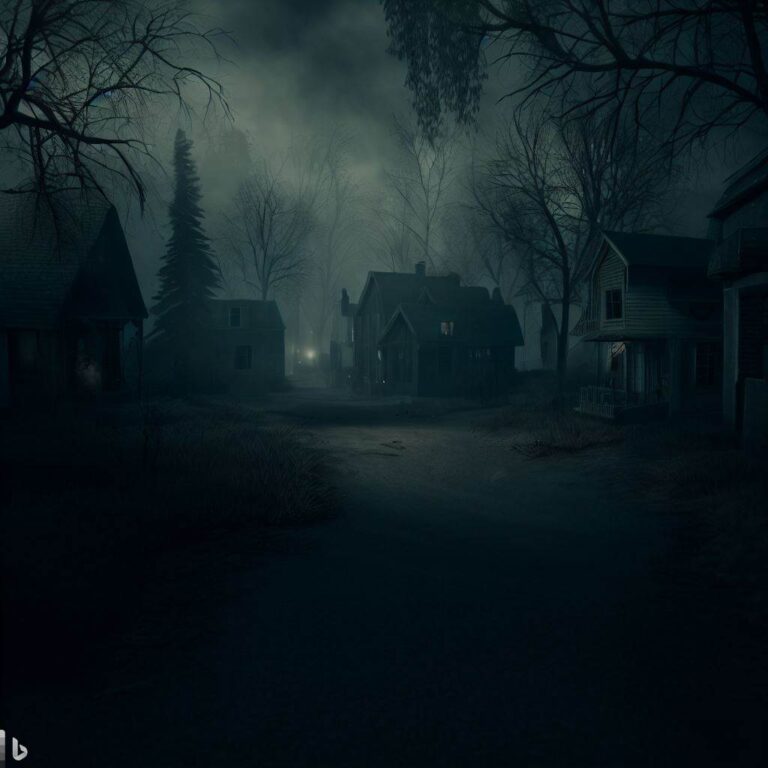
![The Differences Between Skinwalkers and Wendigos[Pics&Facts] 11 mythical creatures art The Differences Between Skinwalkers and Wendigos[Pics&Facts]](https://mythicalcreatures.blog/wp-content/uploads/2023/09/wendigo-vs-skinwalker-what-is-the-difference-768x382.jpg)
![Skinwalkers: Shapeshifting Witches in Navajo Folklore [Pics] 12 mythical creatures art Skinwalkers: Shapeshifting Witches in Navajo Folklore [Pics]](https://mythicalcreatures.blog/wp-content/uploads/2023/08/skinwalker-native-american-folklore-creature-concept-art-768x628.jpg)
